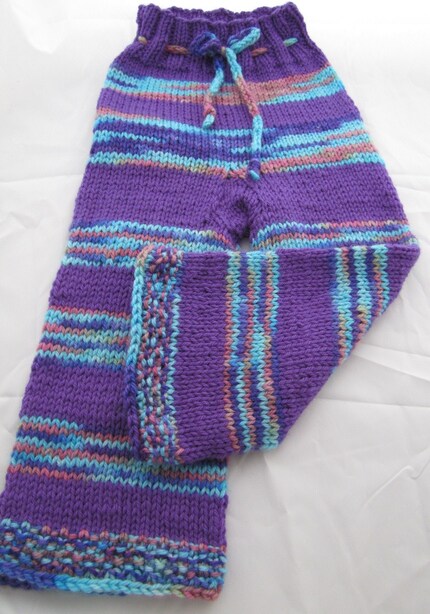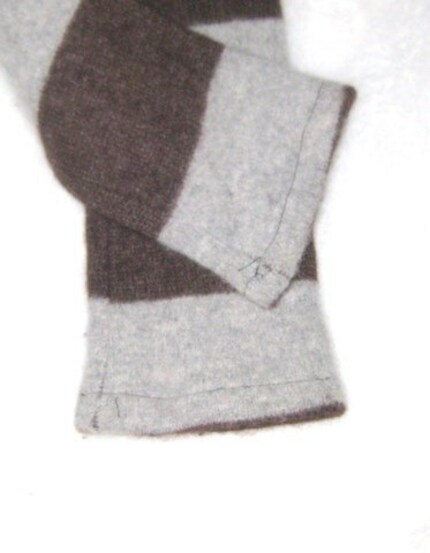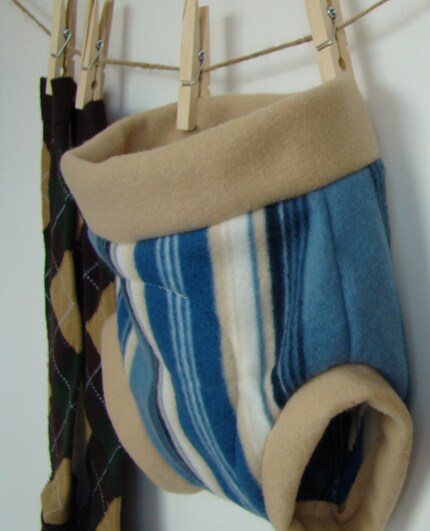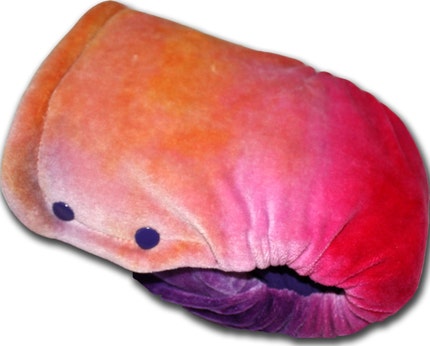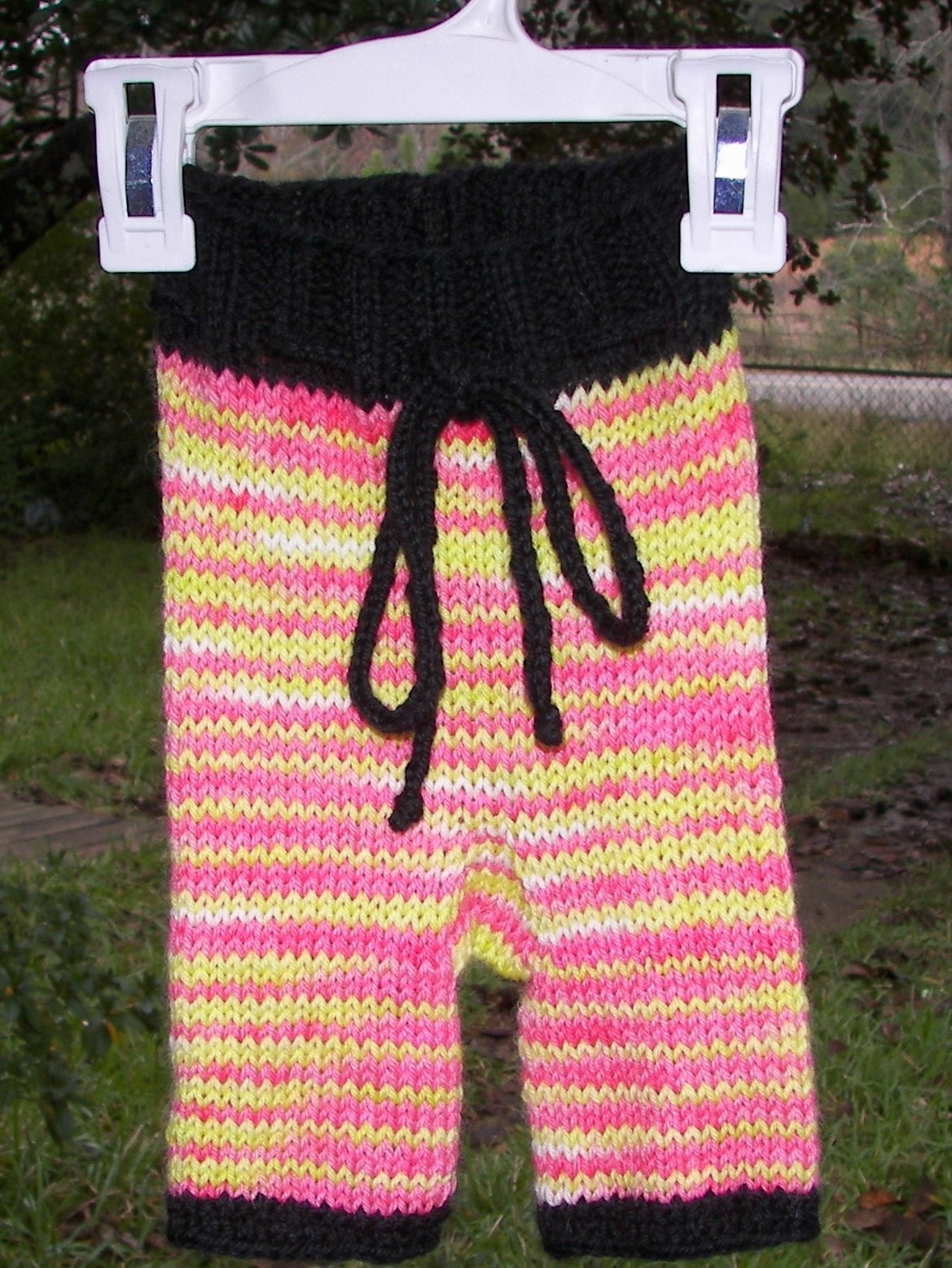beckyjeffmaya said...
73 I Follow MamaBear Baby Wear on Facebook
Congratulations! Amy will be contacting you, or you can contact her via her shop. Thank you to everyone who entered. Don't forget to check back and enter next week's drawing (4/7)!

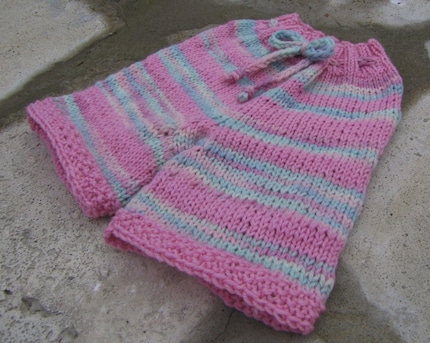
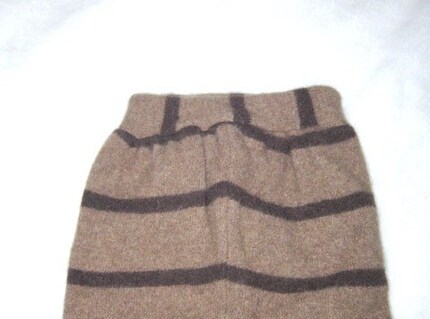
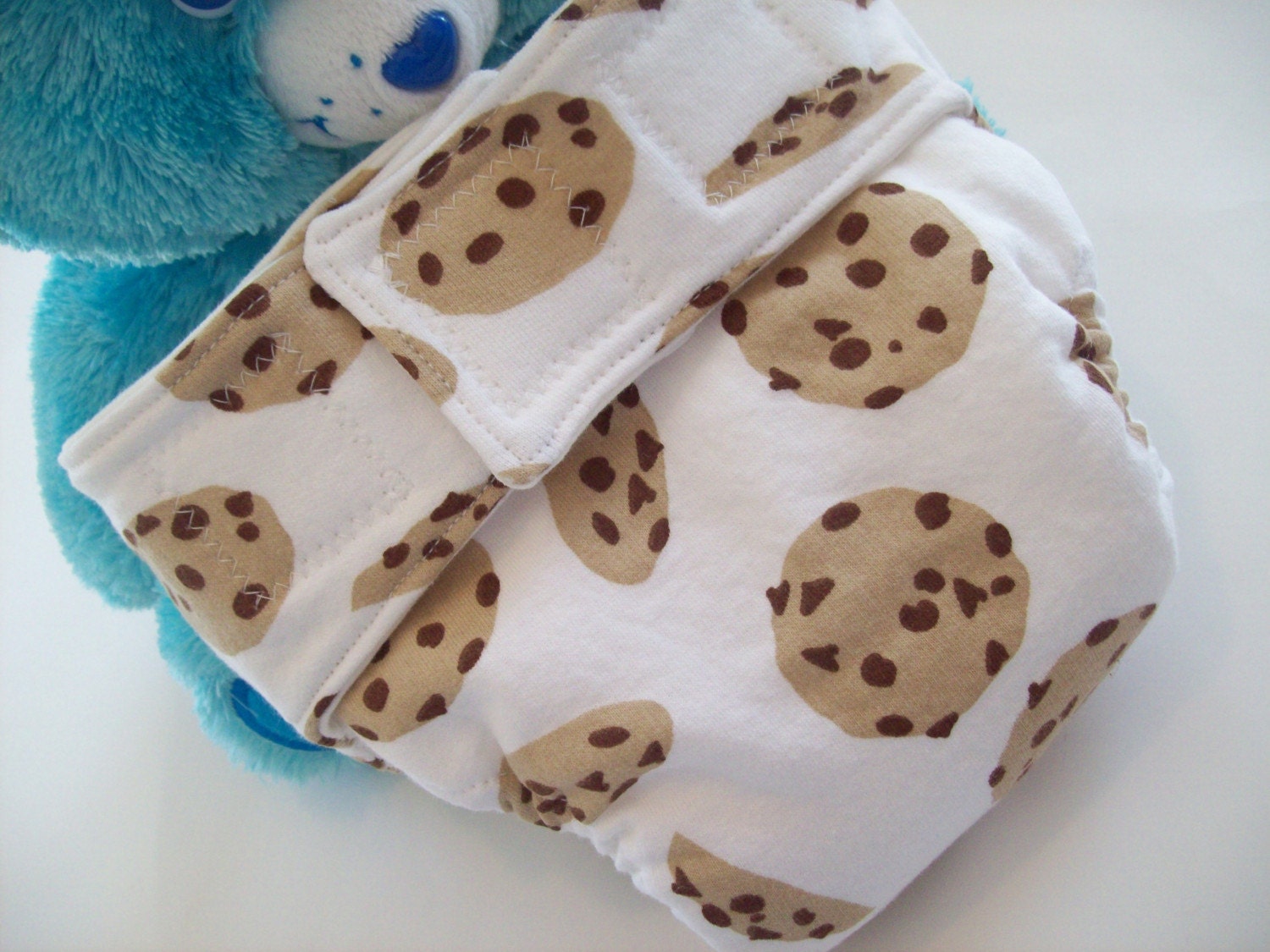
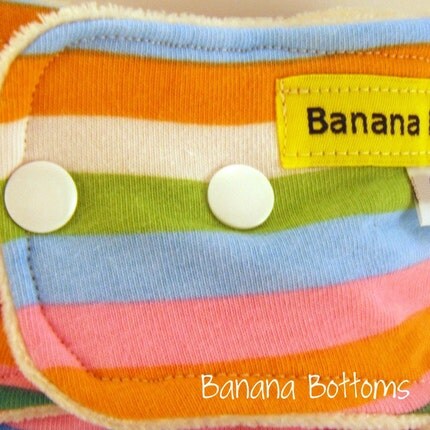
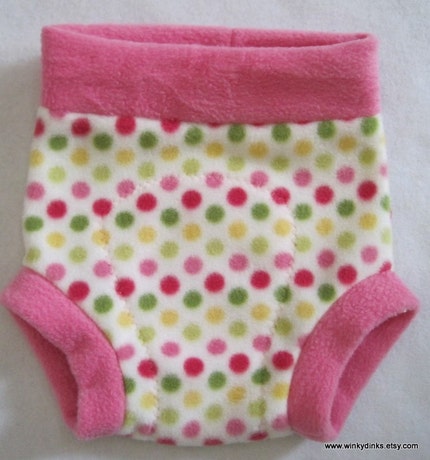

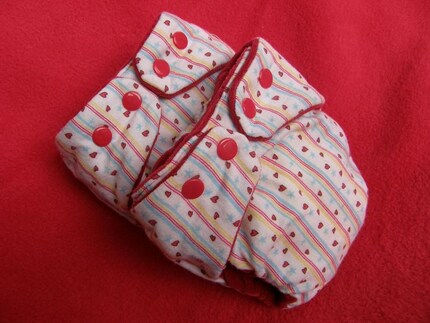
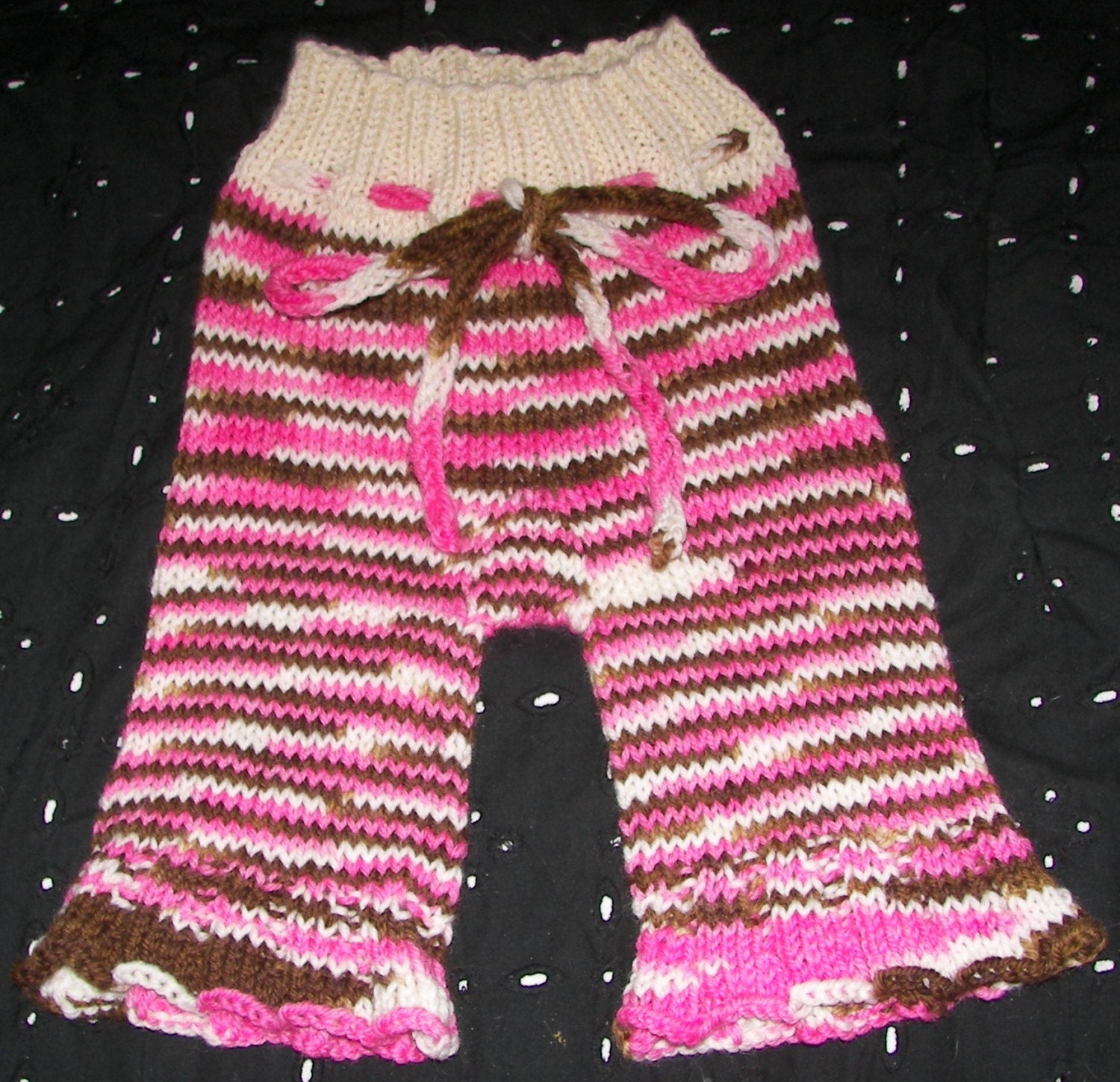
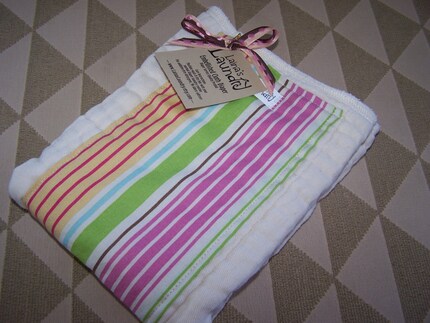
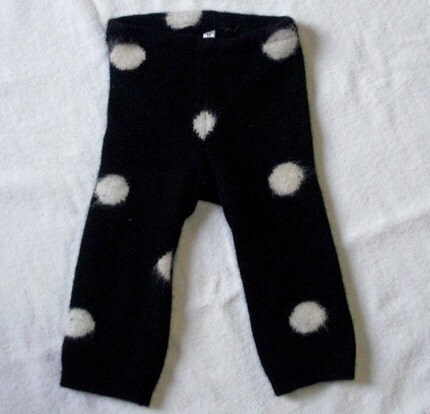

“Go Green” with cloth diapers!
There are plenty of articles that argue that cloth diapers aren’t much better for the environment than disposables. Disposables obviously use more raw materials and create more solid waste that ends up in landfills, but cloth diapers use more fossil fuel and water to be laundered over and over. The studies that have been done on this issue just seem to muddy the debate. So what’s a “green” mama to do?
1. Consult common sense.
Disposable diapers are manufactured with virgin wood pulp, which is often bleached – possibly releasing dioxins into the environment, along with an outer layer made of plastic (a petroleum product), and a super absorbent polymer gel – that ingredient that miraculously allows them to soak up so much moisture so fast. Other ingredients – the fragrances, moisturizers, etc. don’t even have to be disclosed. Manufactured using water and fossil fuel, transported to stores using more fossil fuel, and thrown away by the billions after one use (using more fossil fuel to transport them to the landfill), and now perhaps individually wrapped in extra plastic (Diaper Genie anyone?). How can these things NOT be a burden on the environment? Plus there’s the issue of sending untreated sewage to landfills, where it has the potential to spread germs and disease. Really, if one time use disposables were really better for the environment than their reusable counterparts, wouldn’t environmentalists be promoting paper towels and paper plates, or what about disposable underwear or clothing for the rest of us?
2. Adopt an eco-friendly wash routine.
If you’re concerned about water use, I’ve read that it takes a similar amount of water to wash diapers every few days as it does for extra flushes of the toilet once your child is using the potty. Water being sent to a treatment plant will presumably return in a useable state to our water table. Switching to an efficient front loader can also cut down on your water use.
If you’re concerned about global warming, the most recent study looking at carbon emissions of cloth vs. disposables was done by the UK Environment Agency and came out in 2008. This report states that “in contrast to the use of disposable nappies, it is consumers’ behaviour after purchase that determines most of the impacts from reusable nappies” and that it is possible to significantly reduce carbon emissions (perhaps up to 40% over disposables) by adopting the following practices:
- Line drying outside whenever possible
- Tumble drying as little as possible
- Using more energy efficient appliances
- Not washing above 60°C (140°F)
- Washing fuller loads
- Reusing diapers on other children
3. Choose eco-friendly fabrics
Conventional cotton is a very water intensive crop that is usually heavily sprayed with pesticides. Polyester fabrics, while very popular as cloth diaper options today (which will cut down on your carbon footprint and landfill waste), are ultimately fossil-fuel based products. My favorite environmentally sensitive cloth diaper fabrics are organic cotton, ecologically/humanely raised (or recycled) wool, bamboo, recycled polyester fleece and hemp. Buying diapers made from USA milled fabrics or that are sewn locally can also reduce their environmental impact and support your local economy.
Sources:
UK Environment Agency. An Updated Lifecycle Assessment Study for Disposable and Reusable Nappies. 2008. available at: http://randd.defra.gov.uk/Document.aspx?Document=WR0705_7589_FRP.pdf
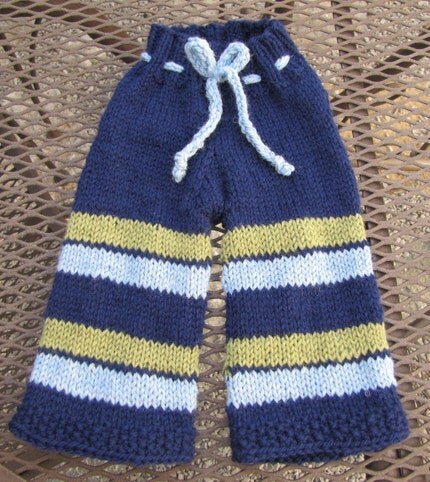
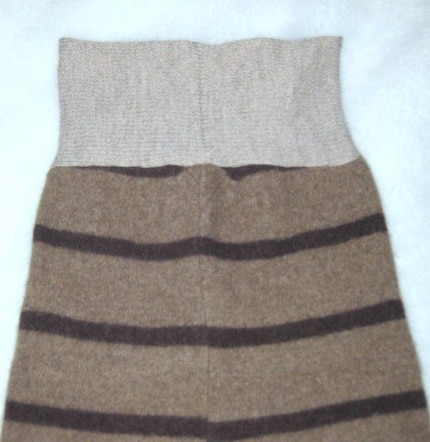
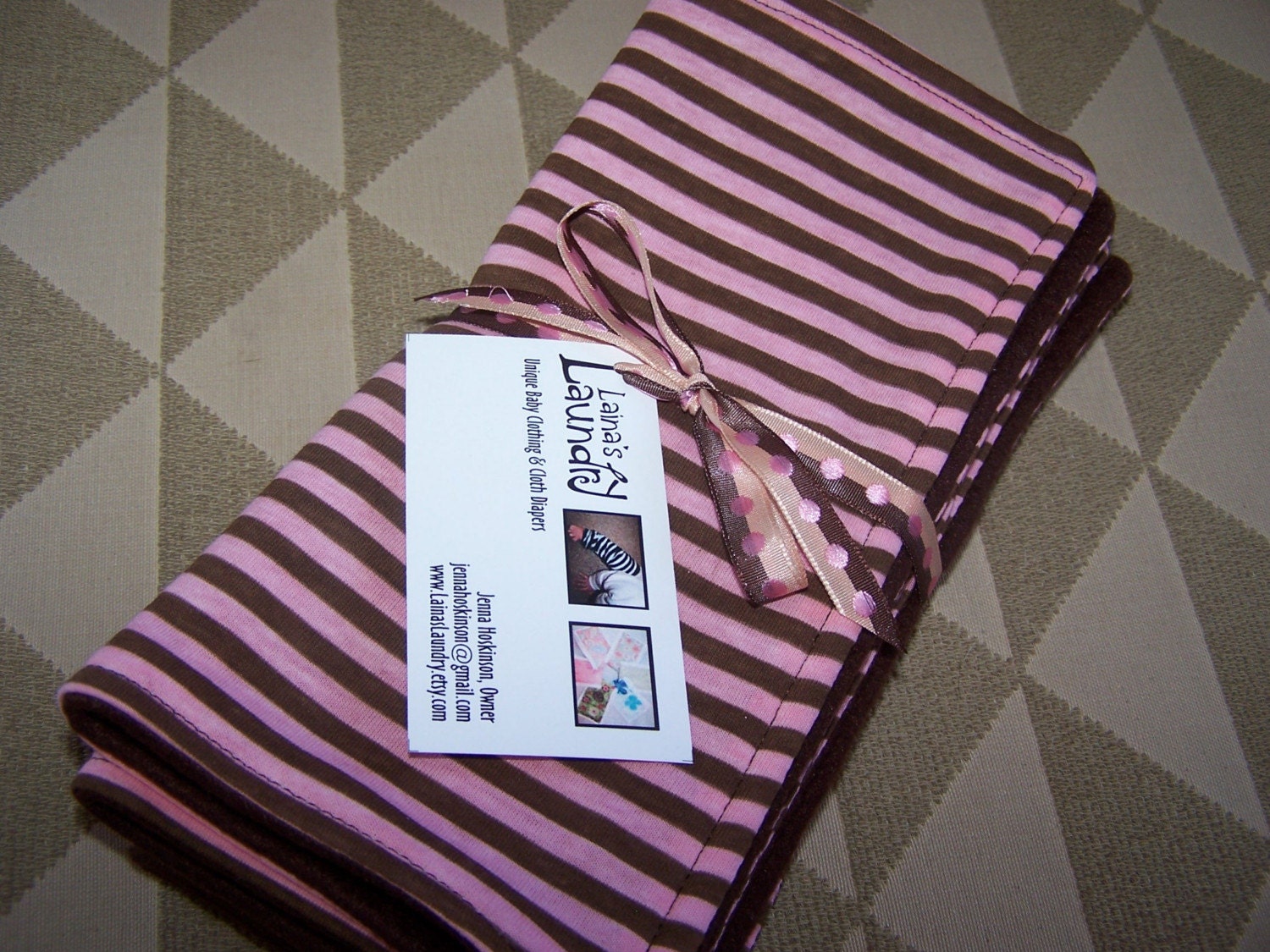


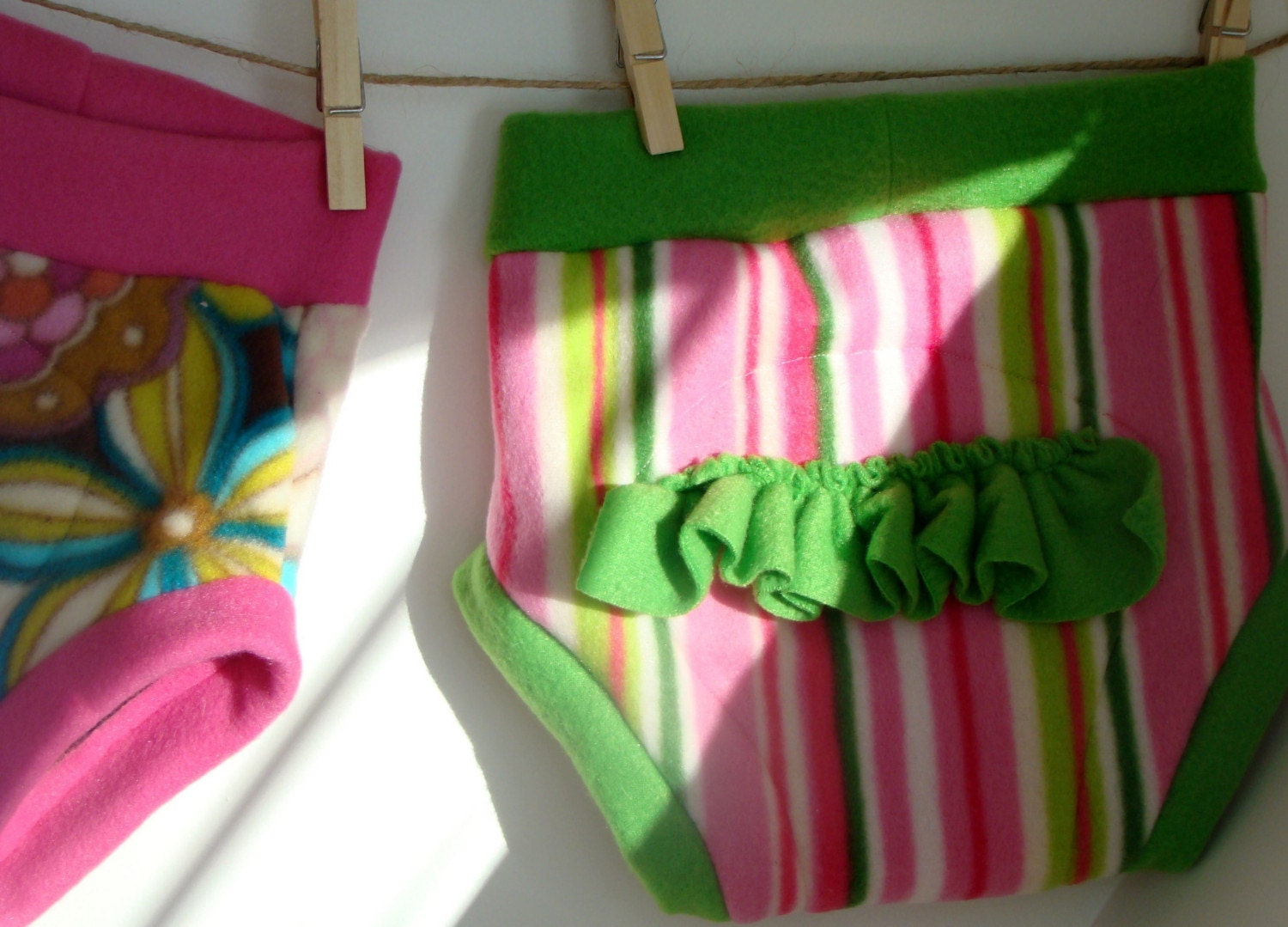
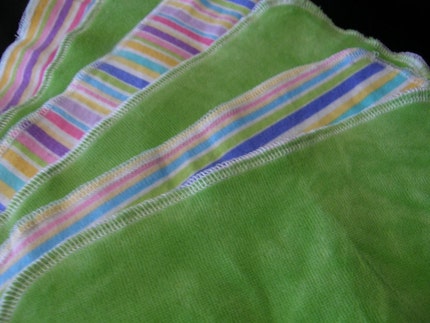

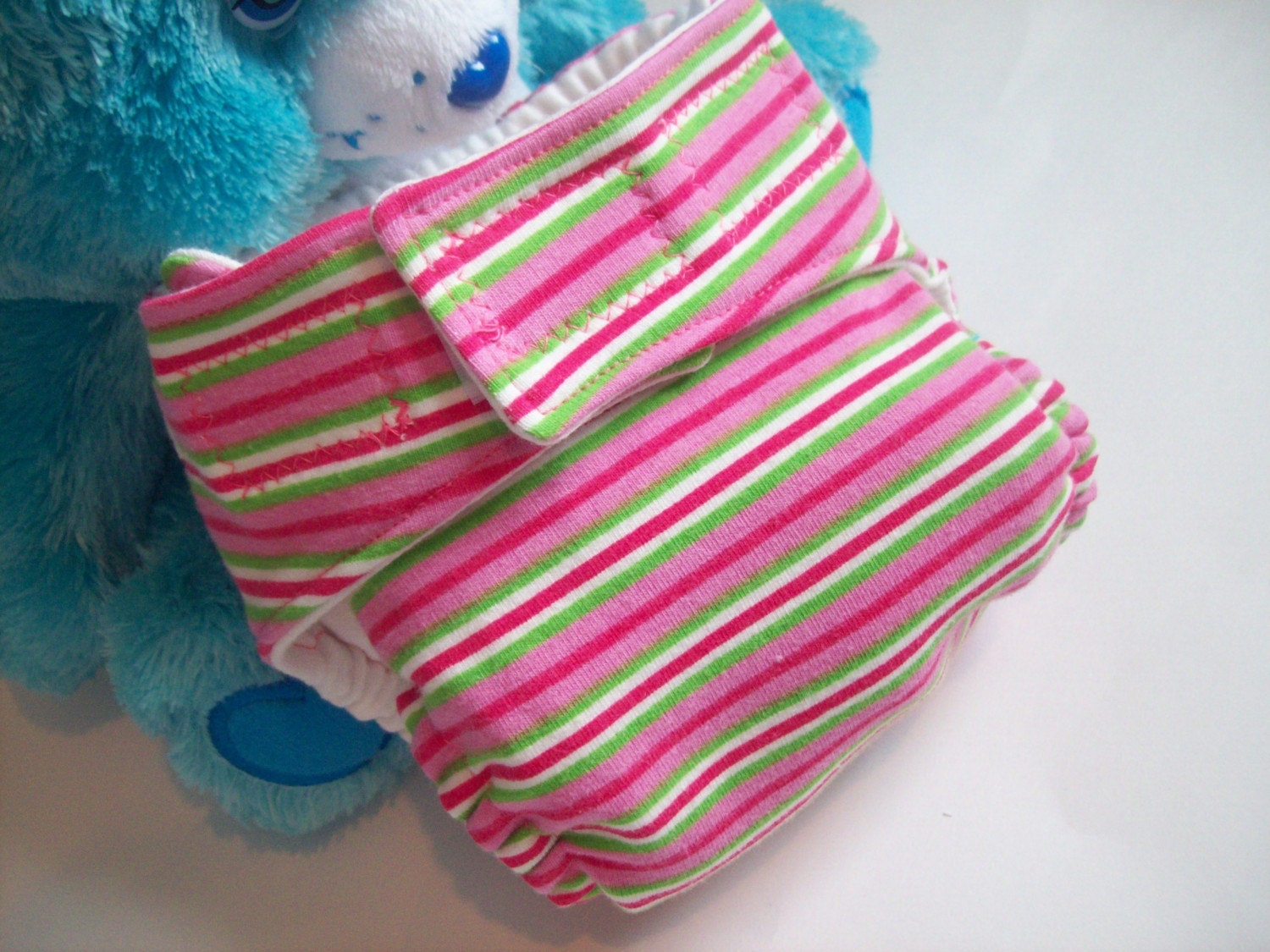




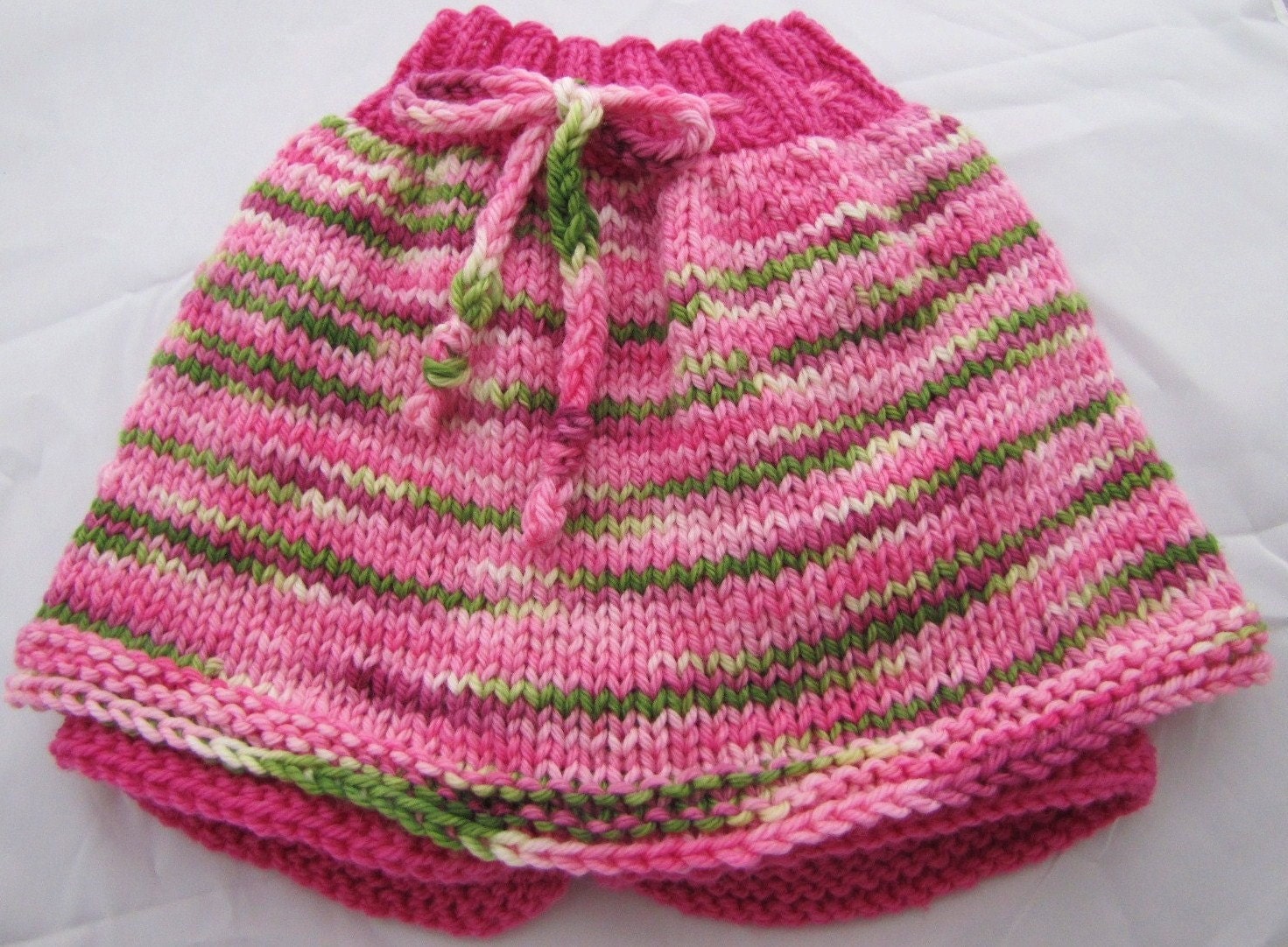
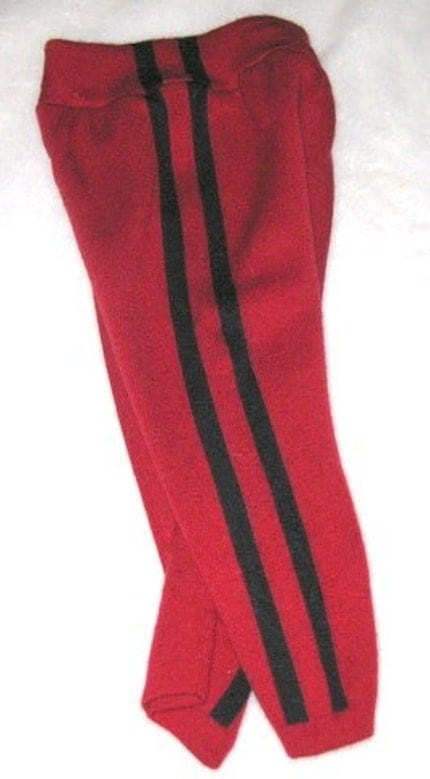

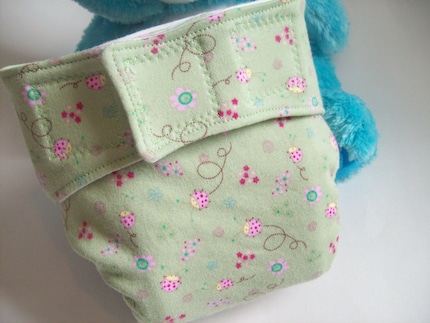

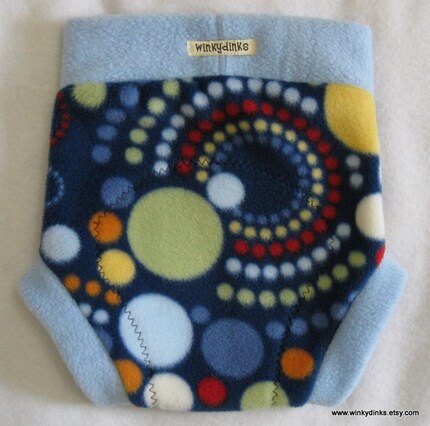

 This week, Jenna from Laina's Laundry is giving away this set of (2) embellished prefolds! They are diaper service quality (DSQ) bleached Chinese prefold (CPF) diaper, in standard size (4x6x4 ply and approx 12x18") (Value $13) Open to USA and Canada.
This week, Jenna from Laina's Laundry is giving away this set of (2) embellished prefolds! They are diaper service quality (DSQ) bleached Chinese prefold (CPF) diaper, in standard size (4x6x4 ply and approx 12x18") (Value $13) Open to USA and Canada.Each seller uses slightly different fabrics and patterns, so while this post should give some basic guidelines, it is always a good idea to talk to the shopkeeper you want to buy from, and ask her for specifics about what she sews and sells. ☺ You can also search the fabric labels on the sidebar to see a variety of items made from each one.
Each diaper (or diaper/cover combination) needs three fabric types: something soft next to the skin, something to serve as a leak barrier on the outside, and something absorbent in the middle.
Here is a list of the fabric options for each part.
Some things to think about when choosing materials:
What age will this diaper be used for? How long will the item be worn between changes (how absorbent does it need to be?) Are sensitive skin/reactions an issue? (Some people react to synthetic fabrics, others react to staying wet). What materials can I afford? (organic bamboo velour retails at $19/yd, whereas cotton flannel is $2/yd)
Here is a brief synopsis of the pros and cons of various fabrics:
| FABRIC | PROS | CONS |
| 1ml PUL* | Slightly more flexible/stretchy/soft than 2ml, absolutely will not leak. | Potentially not as strong as 2ml. Synthetic fabric doesn’t breathe. |
| 2ml PUL* | Stronger than 1ml (holds up to abuse such as chlorinated pools or frequent washing). Great for wetbags. Absolutely will not leak. | Slightly more expensive and potentially stiffer than 1ml. Synthetic fabric doesn’t breathe. |
| Heavy Polyester Fleece | Inexpensive; breathes | Synthetic fabric may cause irritation; may leak under heavy use; may get pilly with washing. |
| Wool | Thirsty; natural fabric breathes; waterproof when properly lanolized; can double as outerwear with diapers; can be recycled from sweaters. | Wool has to be handwashed, so cannot be used as part of an all-in-one design. Many wools are scratchy, so should be chosen carefully. Hand-knit/crochet wool covers are expensive. |
| Microfleece | Soft. Keeps the skin dry by wicking moisture through. Stretch makes it easier to stuff pockets (especially in small sizes) | Gets a little pilly with repeated washing; synthetic material may irritate sensitive skin. |
| Suedecloth | Keeps the skin dry by wicking moisture through. Available in a variety of prints and colors. | Synthetic—some people don’t like the feel (not as soft as microfleece) |
| Flannel | Fun colors and prints; can be used for both top and inner layers | Multiple layers can take a long time to dry; heavy when wet |
| Velour (available in cotton, hemp, and bamboo) | Very soft and stays soft through washings; fuzz gives a ‘feel-dry’ feeling although it doesn’t actually wick moisture away | |
| Terry (available in cotton, hemp, and bamboo) | Very absorbent; can be upcycled from old towels | Can be quite bulky |
| Microfiber | Trim (not bulky); very thirsty; dries quickly. | Synthetic, feels weird (most wouldn’t want it touching skin) |
| Cotton | Cheap, readily available,many colors and prints to choose from | Heavy when wet and slow to dry (think of a wet tee-shirt or towel) |
| Bamboo (available as fleece, terry, velour, and flannel) | Eco-friendly, VERY soft (truly the softest thing I've ever felt) | Expensive |
| Hemp (available as fleece, terry, and velour) | Eco-friendly, natural anti-microbial properties, very trim | Expensive, some types can get stiff with washing. |
| *PUL (poly-urithane laminate) is a knit fabric with a laminate coating on the back. From one side it looks like regular fabric but because of the coating it is completely waterproof. It was originally developed for use in the medical field but has now become popular for cloth diapering and is available in a rainbow of solid colors. There is “Fabrite PUL” which is the original stuff, and there is also off-brand PUL, which is exactly the same only cheaper and in slightly different colors. A special note about PUL—many people do “DIY PUL” which is when the PUL backing is applied to fabrics which the customer sends in. These PULs are easily recognized because the PUL company only makes solid colors, so any kind of print is a DIY. I have had mixed results with DIY PULs, and will say this: I will never again use a woven DIY fabric. I might use a knit one if it was really really cute, but in general I have found them in every way inferior to the standard PUL. | ||

